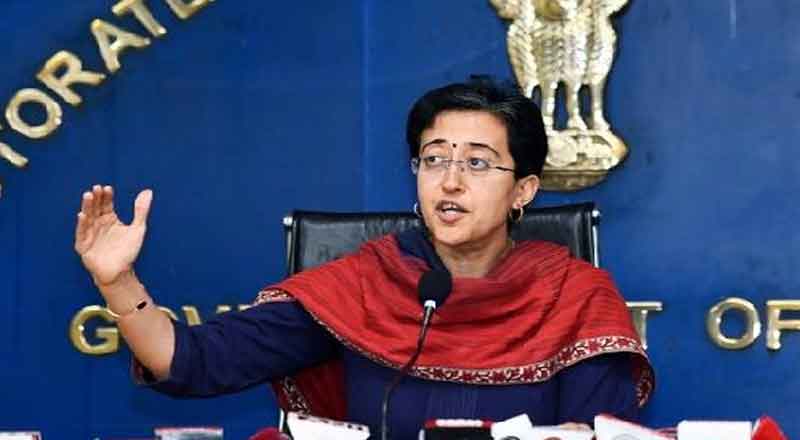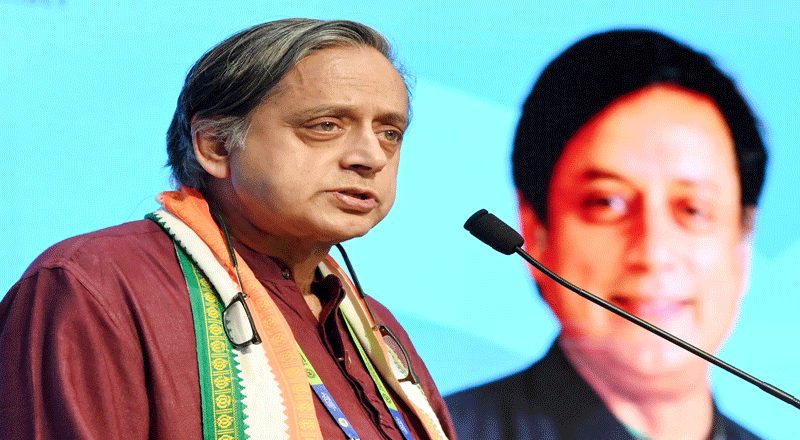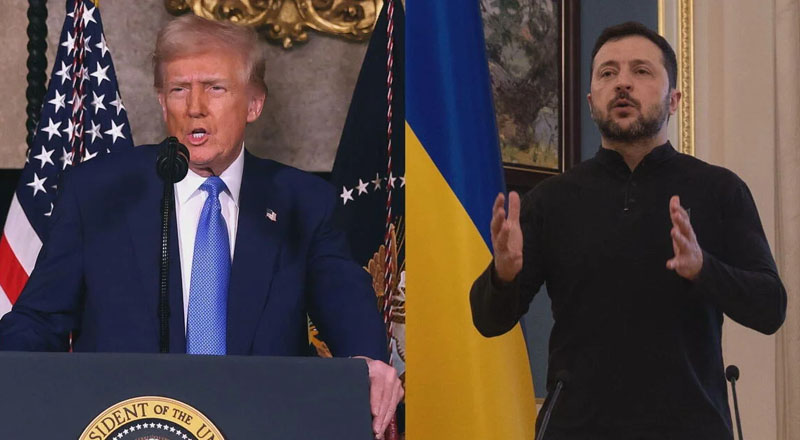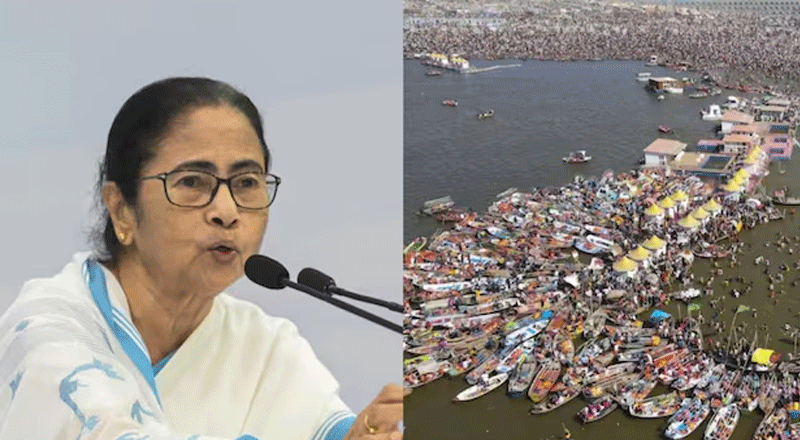- The water crisis in Delhi has reached a critical point, with Delhi Water Minister Atishi threatening an indefinite strike starting June 21 unless immediate action is taken to resolve the acute shortage.
- Atishi appealed directly to PM Modi, urging his intervention to alleviate the plight of approximately 28 lakh Delhi residents currently deprived of sufficient water supply.
- The crisis stems from Haryana’s failure to release Delhi’s full allotment of water, exacerbating the challenges faced by residents already contending with oppressive heatwave conditions.
- Supporting her claims with data, the Delhi government reported a significant decline in water levels at Wazirabad from June 2023 to June 2024.
- Meanwhile, opposition parties, including the Delhi units of BJP and Congress, have intensified their protests against the AAP government, accusing them of mismanagement amid the water crisis.
- BJP leaders staged demonstrations at Andrews Ganj, alleging collusion between AAP officials and the tanker mafia in diverting water intended for Delhi residents.
The water crisis gripping Delhi has escalated to a critical juncture, prompting Delhi Water Minister Atishi to issue a stark ultimatum of an indefinite strike starting June 21 if immediate action is not taken to resolve the acute shortage. At a press conference, Atishi appealed directly to Prime Minister Narendra Modi, urging his intervention to alleviate the plight of approximately 28 lakh Delhi residents currently deprived of sufficient water supply.
The crisis stems from Haryana’s failure to release Delhi’s full allotment of water, exacerbating the challenges faced by residents already contending with oppressive heatwave conditions. Atishi disclosed that while Haryana recently released 513 million gallons per day (MGD) of water to Delhi, it fell short of the required 613 MGD, leaving a substantial portion of the capital’s population without essential water resources.
During a visit to the Wazirabad barrage earlier in the week, Atishi underscored the dire consequences of diminished water levels originating from Haryana. “Due to reduced water inflow from Haryana, the water level at Wazirabad has dropped by 6.20 feet,” she emphasized. The Wazirabad barrage serves as a critical hub for water distribution to Delhi’s Wazirabad, Chandrawal, and Okhla water treatment plants, all of which are now grappling with operational challenges due to inadequate raw water supply.
Supporting her claims with data, the Delhi government reported a significant decline in water levels at Wazirabad from June 2023 to June 2024. Atishi highlighted that while Delhi’s water treatment facilities typically produce 1005 MGD, the current output has plummeted to 917 MGD due to the scarcity of raw water.
“At the Wazirabad plant alone, production has declined by 48 MGD, with several filters forced to shut down due to insufficient water supply,” Atishi lamented. She criticized Haryana’s assertions of adequate water supply, citing deficiencies in monitoring mechanisms that render their claims unsubstantiated.
Meanwhile, opposition parties, including the Delhi units of BJP and Congress, have intensified their protests against the AAP government, accusing them of mismanagement amid the water crisis. BJP leaders staged demonstrations at Andrews Ganj, alleging collusion between AAP officials and the tanker mafia in diverting water intended for Delhi residents. Members of the BJP symbolically broke empty earthen pitchers, reflecting the struggles faced by residents forced to consume contaminated water from taps.
As tensions escalate and public outcry mounts, Atishi’s ultimatum to initiate an indefinite strike underscores the urgency for a resolution to Delhi’s water woes. With both governmental and opposition forces engaged in a blame game, the fate of millions of Delhiites hangs in the balance, contingent on swift and effective measures to restore essential water services. The looming threat of a strike adds pressure on authorities to expedite a solution, highlighting the critical nature of addressing infrastructure deficiencies and ensuring reliable water supply for Delhi’s residents.
(With inputs from agencies)





